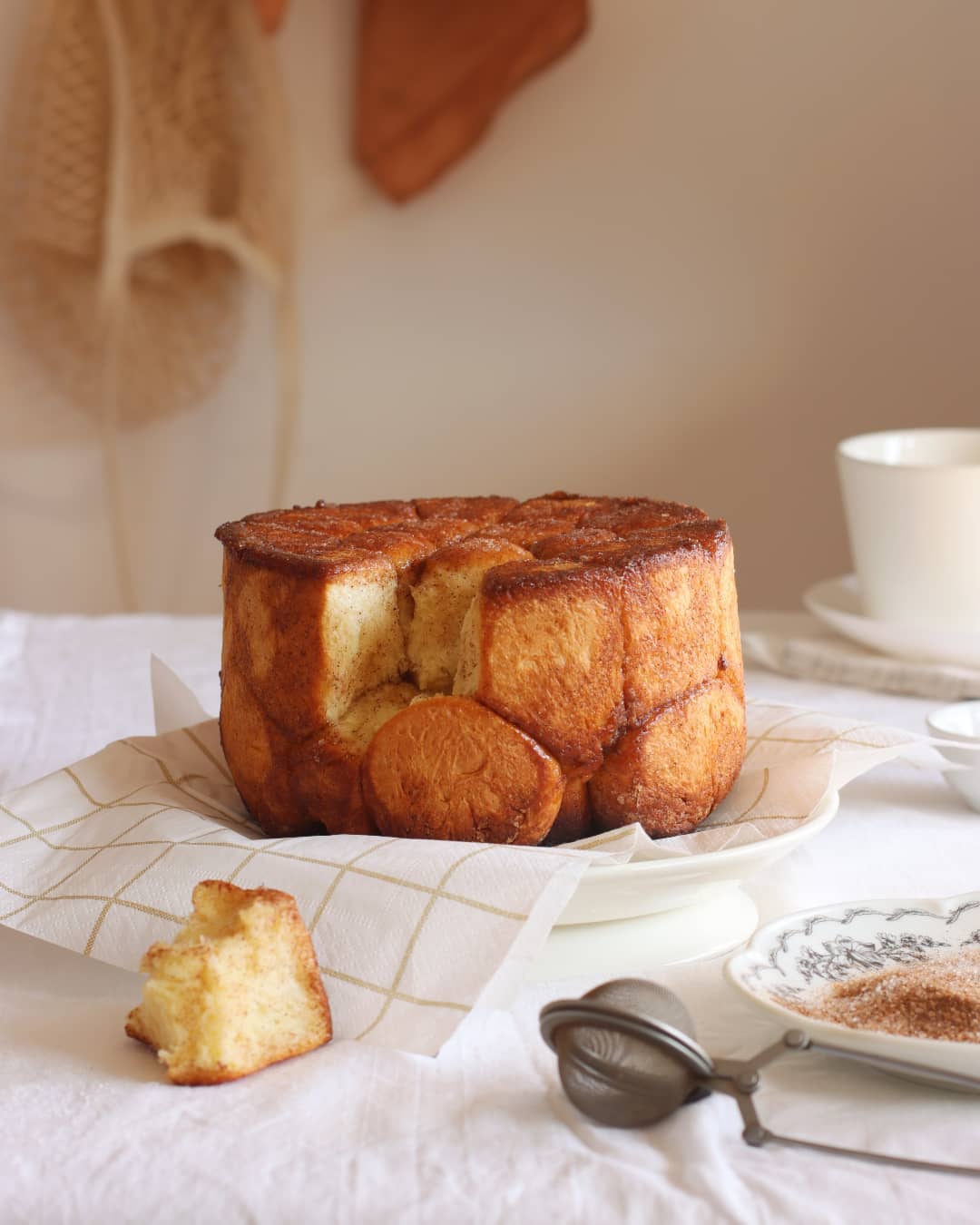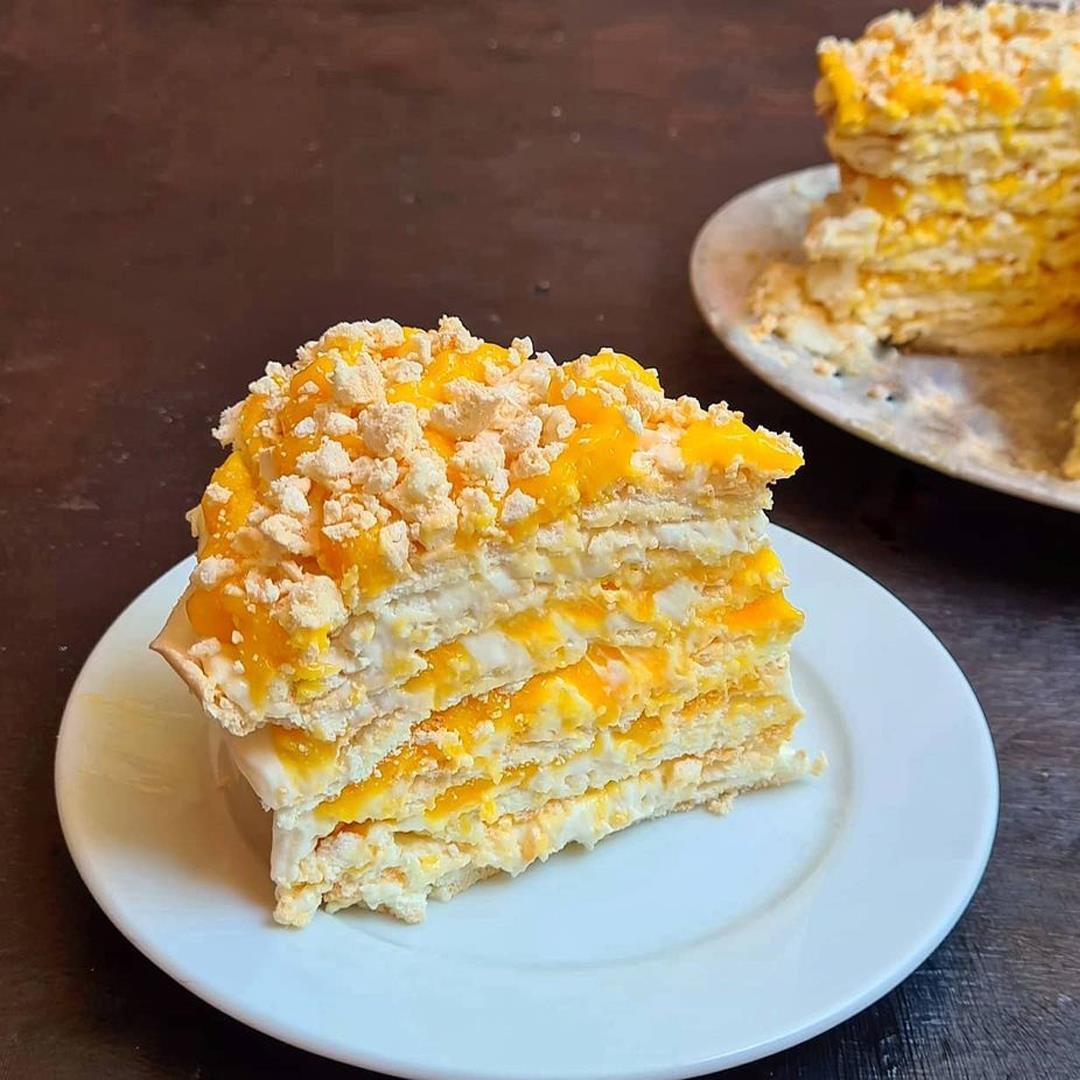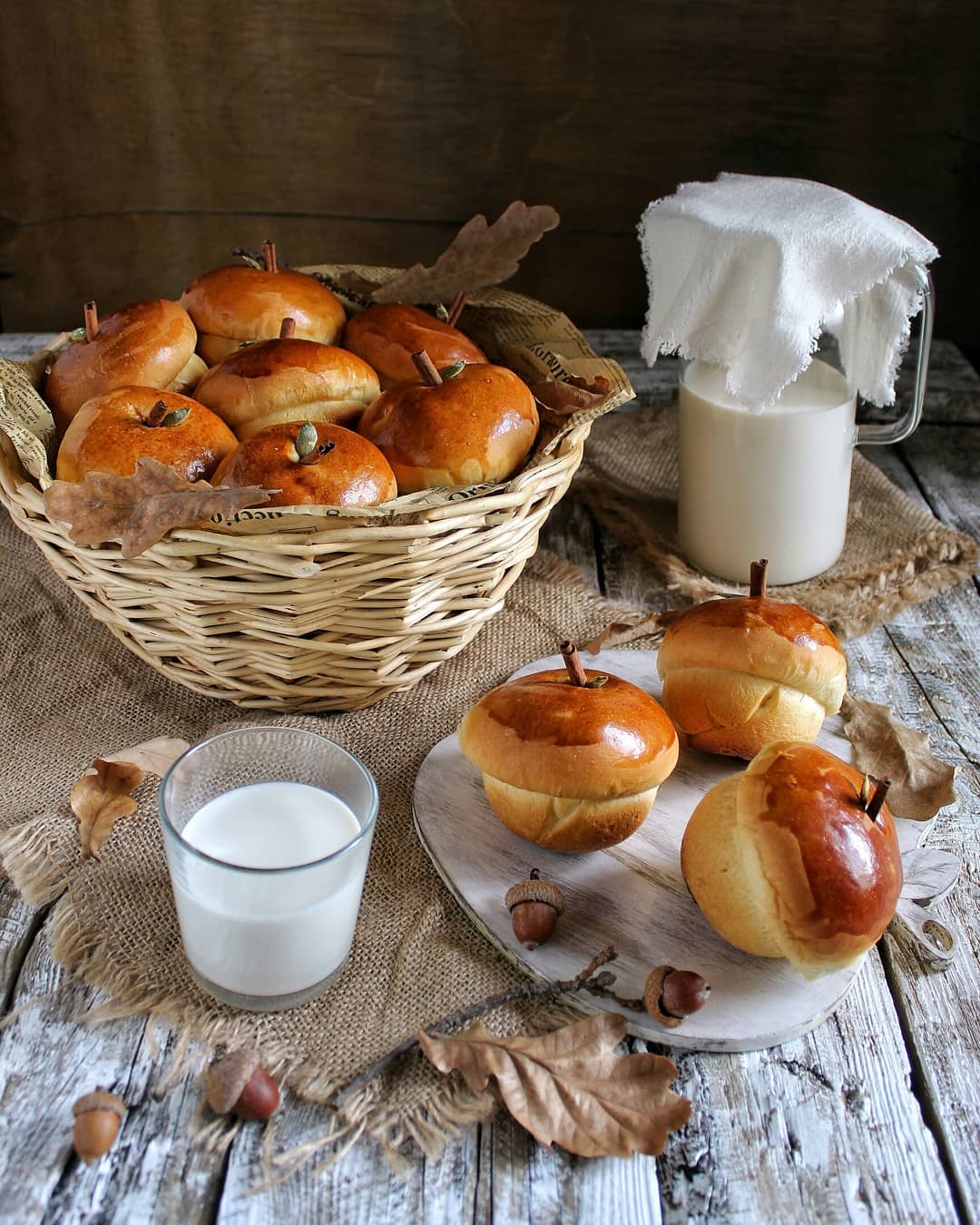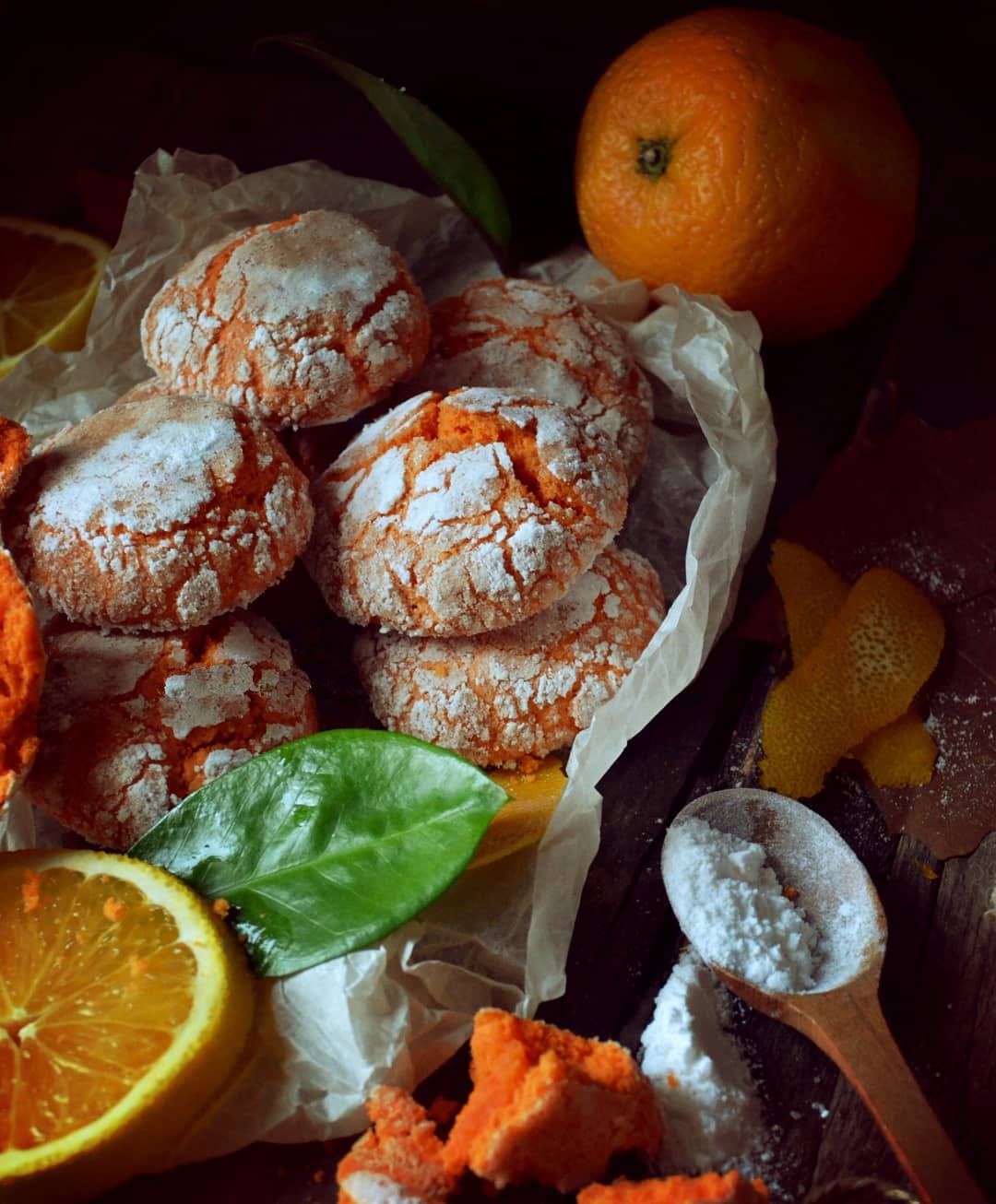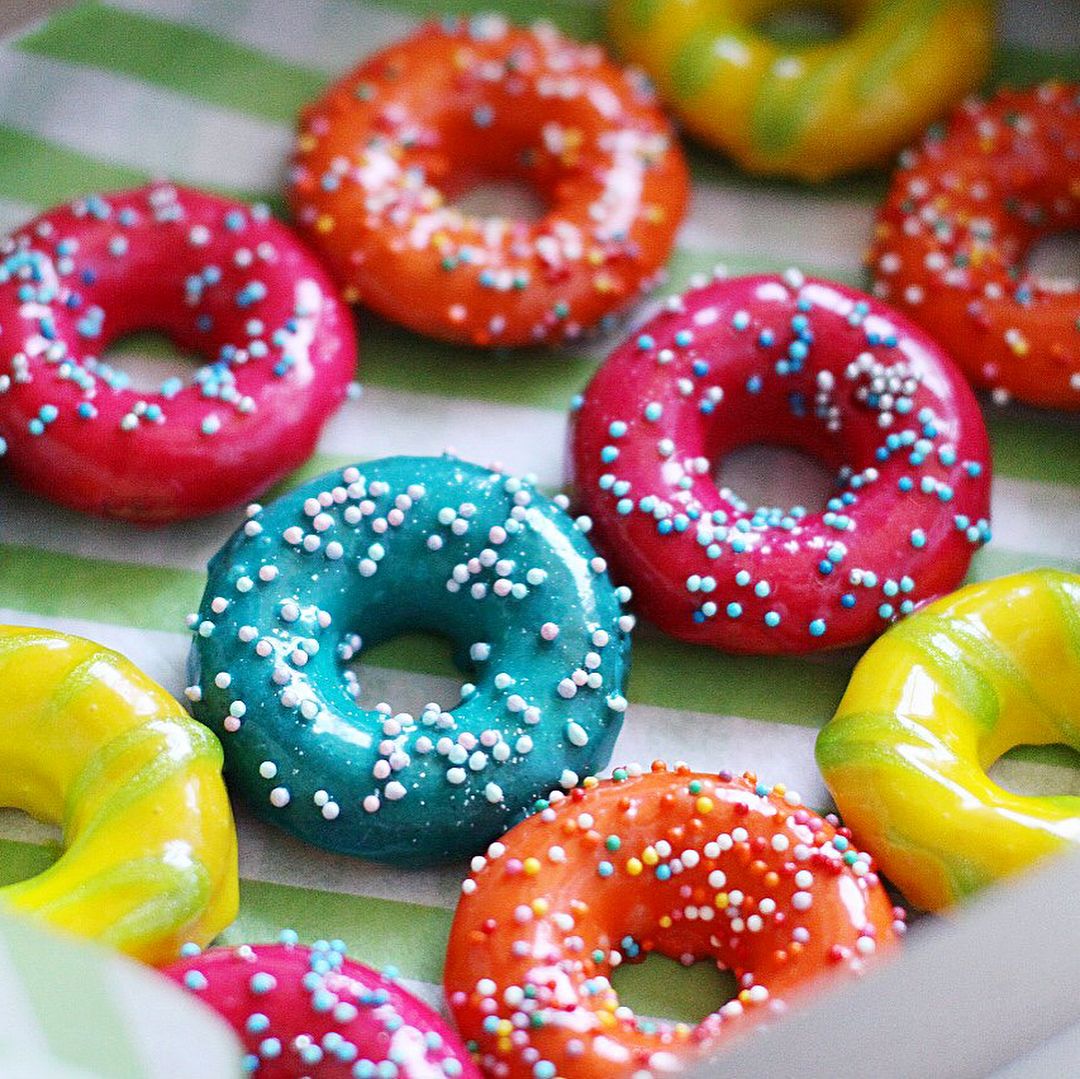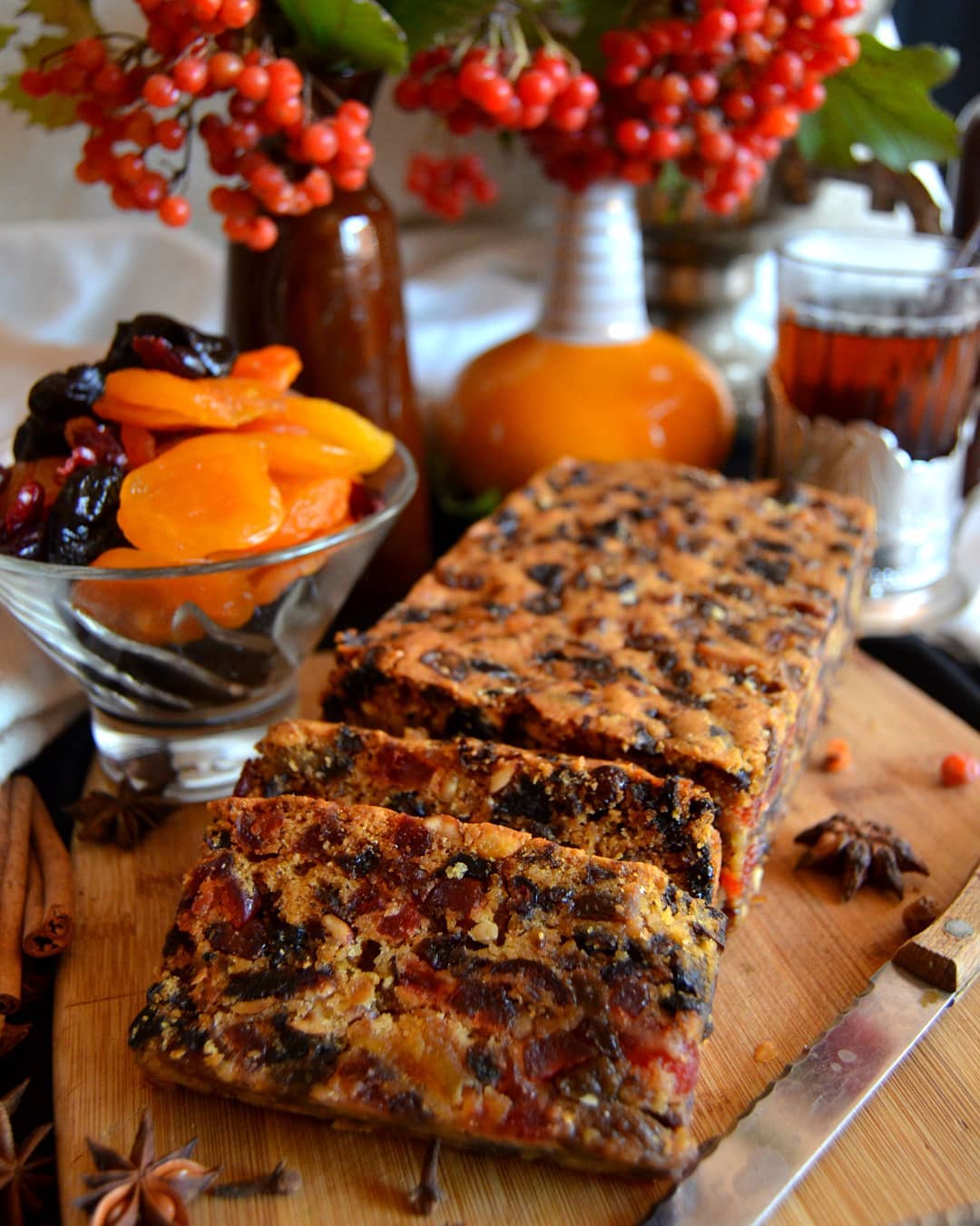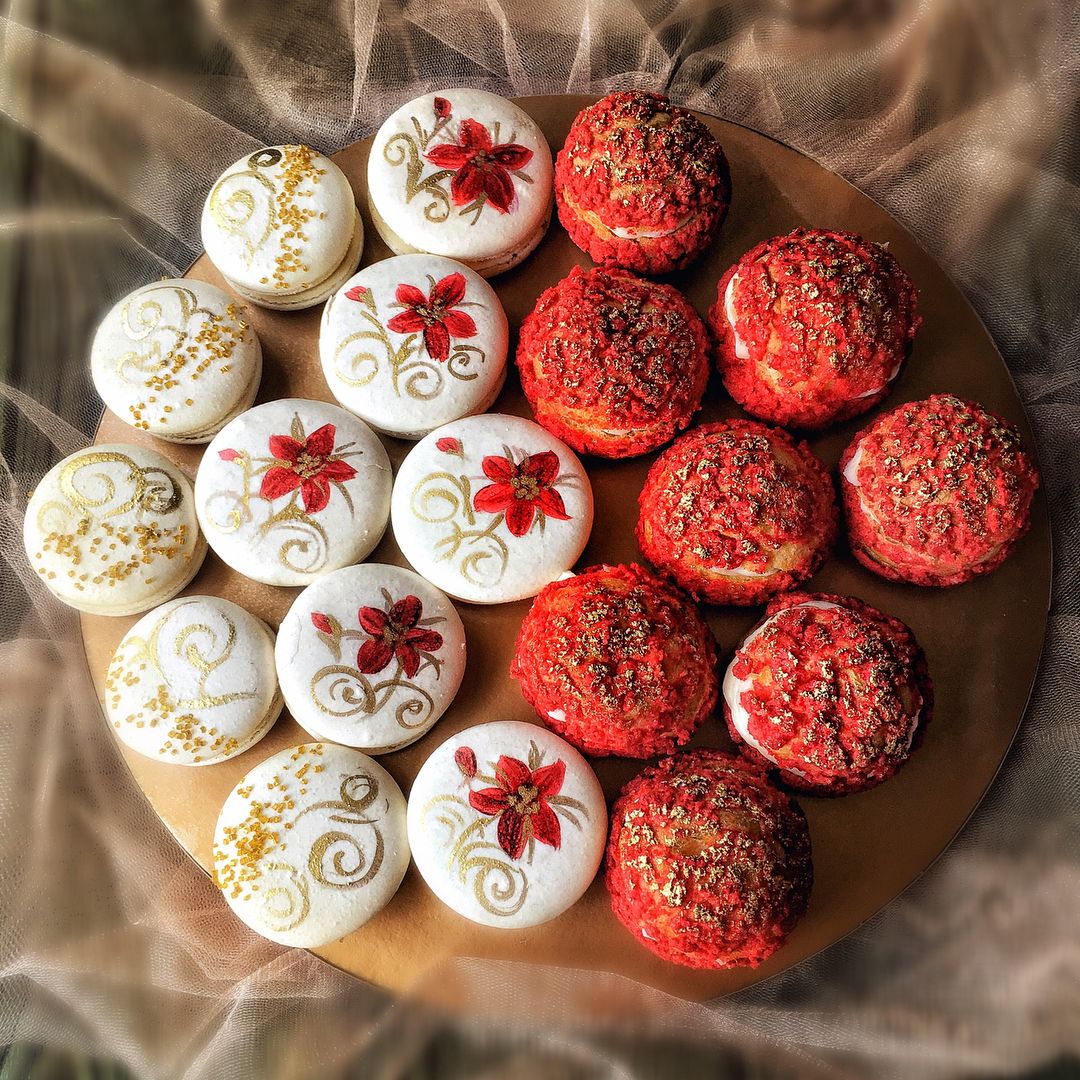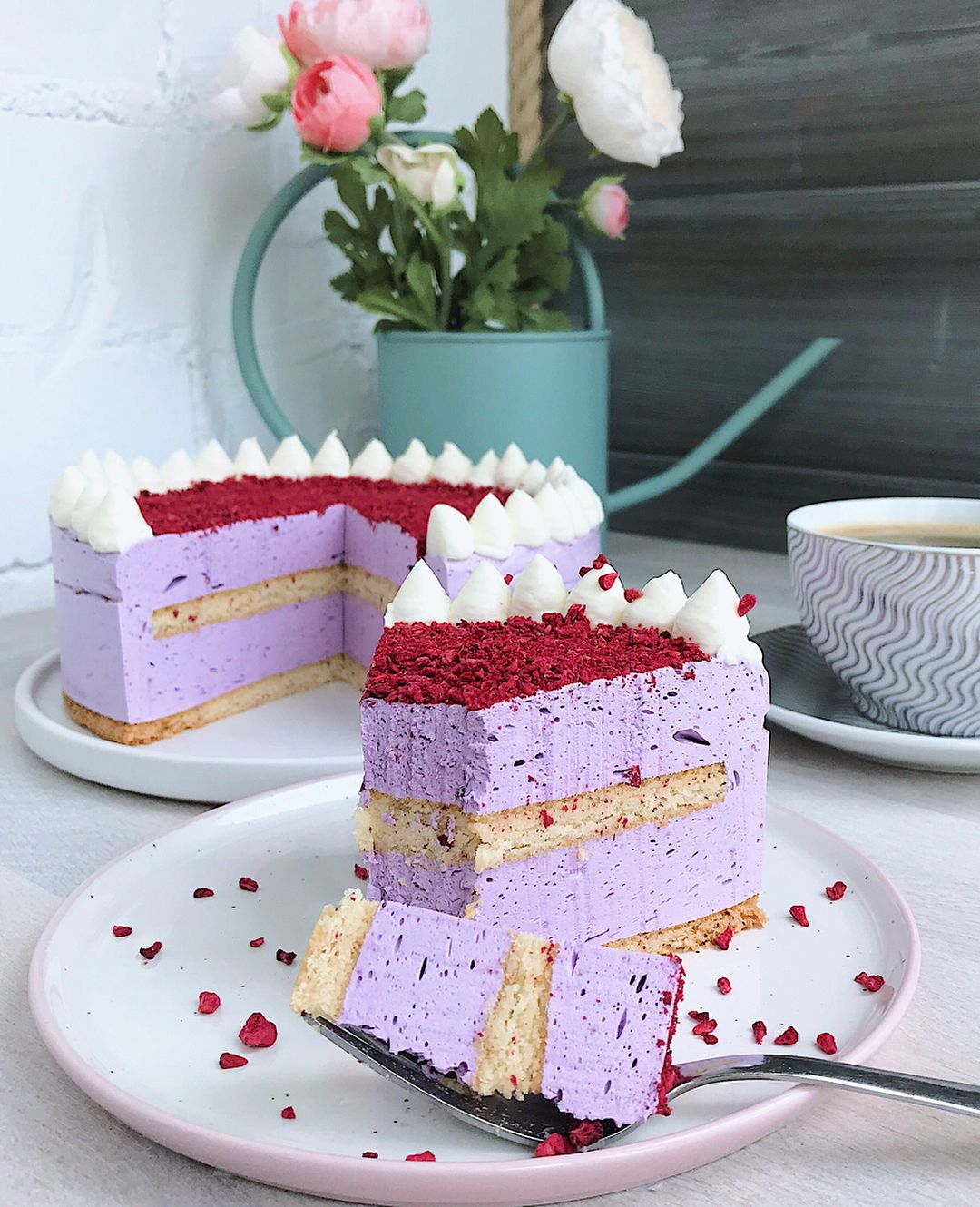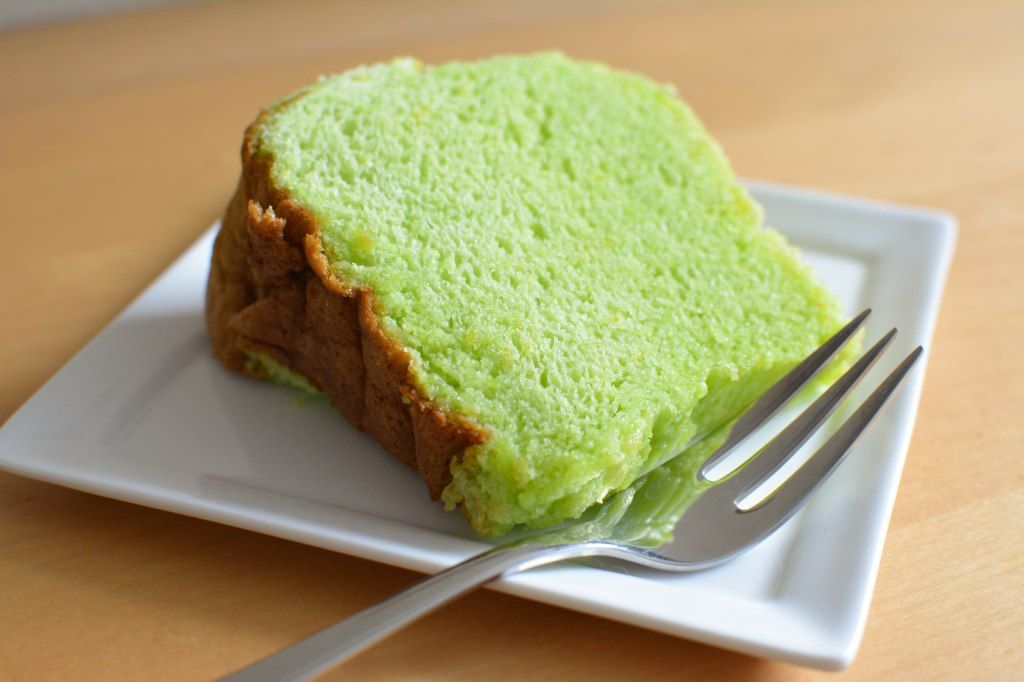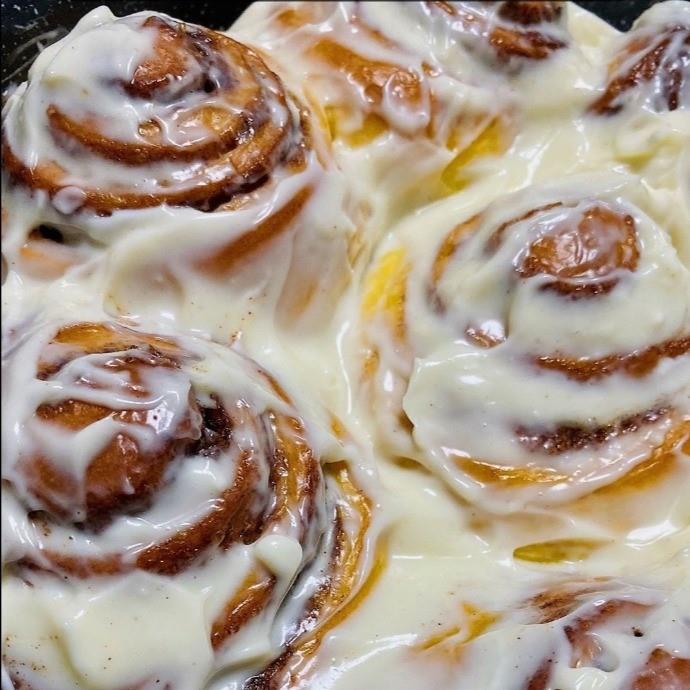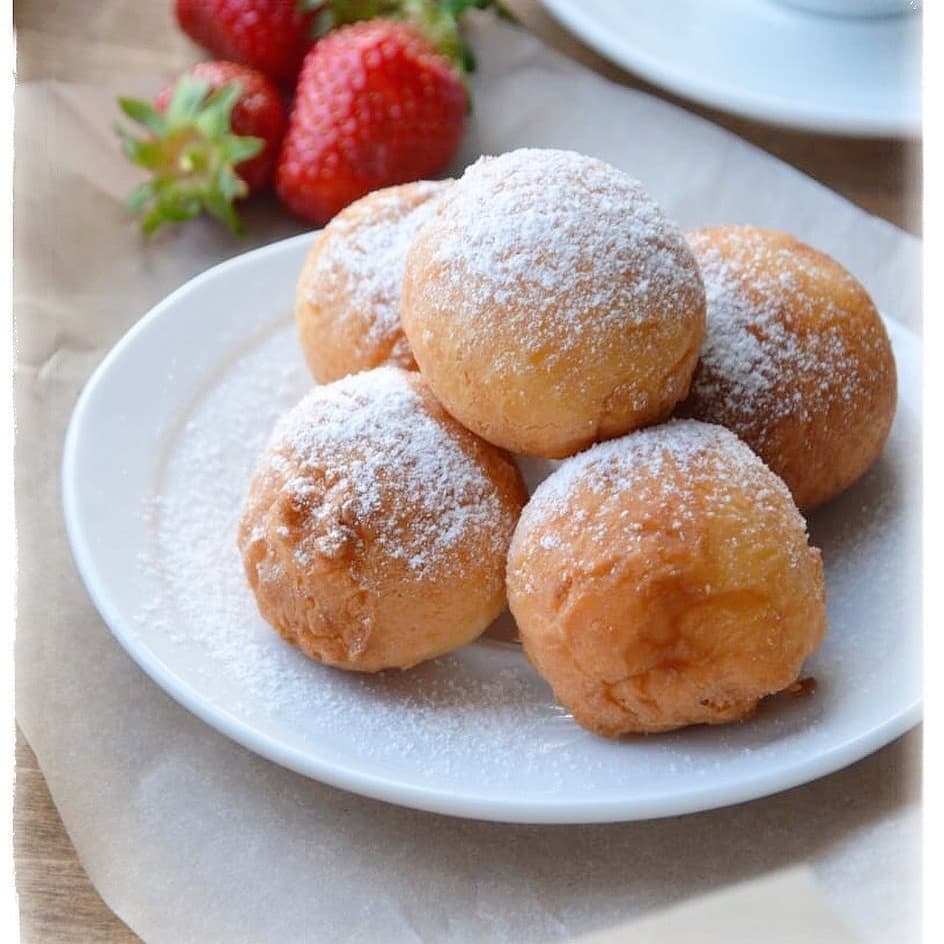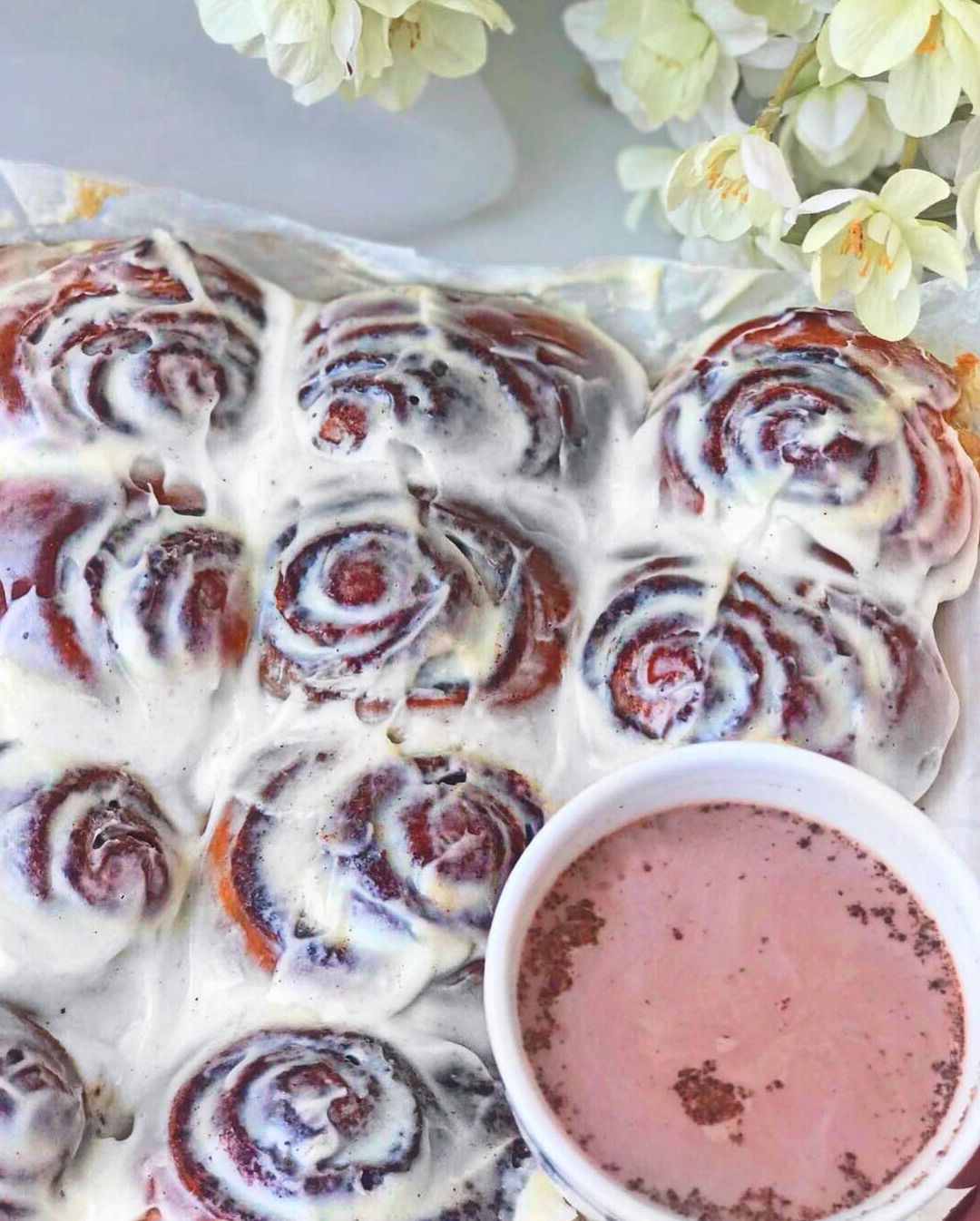Ingredients
The dough
Topping
Instructions
Step 1
Step 2
Step 3
Step 4
Step 5
Step 6
Step 7
Step 8
Step 9
Step 10
Step 11
Step 12
Step 13
Step 14
Step 15
Step 16
Step 17
Step 18
Servings
Equipment
Make sure you have a set of mixing bowls in various sizes. It's always handy to have a few options when working with different ingredients.
Accurate measurements are key, so invest in good quality measuring cups and spoons.
A sturdy rolling pin is essential for kneading and shaping your dough.
The specified size ensures your pastry rises perfectly. If you don’t have this exact size, make sure to adjust your baking time accordingly.
A digital scale ensures precision, which is crucial for getting the best texture in your dough.
Variations
Faq
- I’m a beginner. How do I know if the dough is kneaded enough?
The dough should be smooth, elastic, and not sticky to the touch. If you gently press it, it should bounce back slightly.
- Do I need to have instant yeast, or can I use active dry yeast?
You can use active dry yeast, but you'll need to activate it in warm liquid (milk in this case) before adding it to the dry ingredients.
- My dough isn’t rising. What could be the issue?
Ensure that your yeast is fresh and the environment is warm enough for the dough to rise. A draft-free, slightly warm area is ideal.
- How can I get a golden crust?
Brush the top with a little beaten egg (if not vegan) or a milk substitute before baking to get a beautiful golden hue.
- Can I prepare the dough a day in advance?
Yes, you can. Let it rise for the first time, punch it down, and refrigerate overnight. Bring it back to room temperature before shaping and proceeding with the recipe.
- What’s the best way to store leftovers?
Store any leftover pastry in an airtight container at room temperature for up to 2 days, or in the fridge for up to a week.

